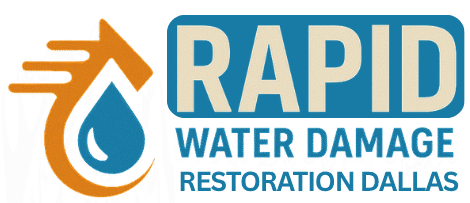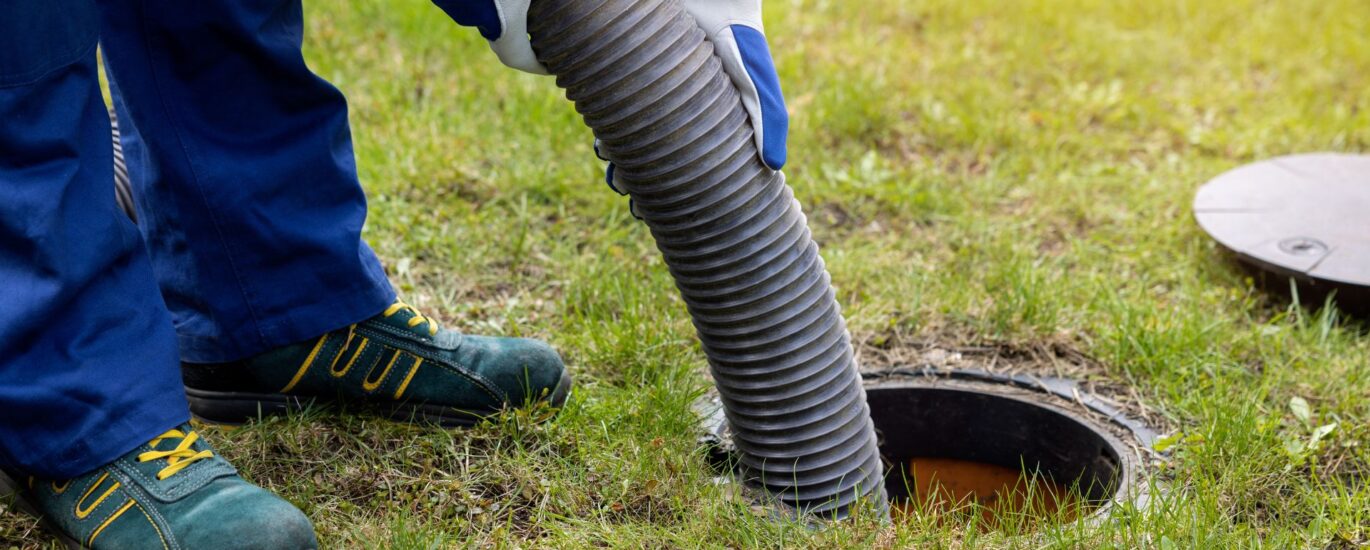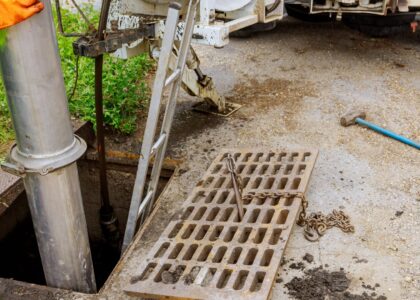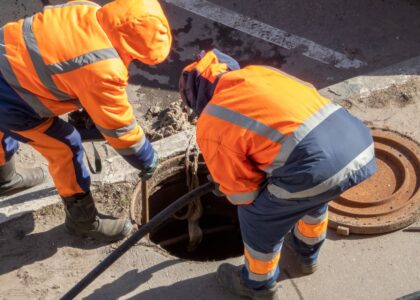Understanding the Seriousness of Sewage Backup
Sewage backup is one of the most unpleasant and hazardous issues a homeowner can face. Beyond the foul smell and visible mess, it poses serious health risks and structural damage to your property.
Whether it’s due to a blocked drain, broken pipe, or flooding, untreated sewage water can expose you and your family to dangerous bacteria, viruses, and toxins.
If you ever encounter a sewage backup, immediate action is key. Professional help is essential to ensure your property is properly disinfected and restored to a safe, livable condition. Learn more about how professionals handle these emergencies on our Sewage Cleanup page.
Common Causes of Sewage Backup
Understanding what causes a sewage backup can help you take preventive steps. Some of the most common culprits include:
- Tree root intrusion: Roots can invade your sewer line and cause major blockages.
- Clogged pipes: Grease, hair, and non-flushable items can accumulate over time.
- Heavy rainfall or flooding: Too much water in the system can overwhelm municipal lines.
- Broken or deteriorating sewer lines: Older homes with clay or cast-iron pipes are at risk.
If you experience any slow drainage, foul smells, or gurgling sounds, it might be a sign that a blockage is forming.
Health Risks Associated with Sewage Exposure
Raw sewage contains pathogens like E. coli, Salmonella, and Hepatitis A. Exposure can lead to:
- Severe gastrointestinal issues
- Skin infections and rashes
- Respiratory problems from airborne contaminants
That’s why DIY cleanup is strongly discouraged. Without proper personal protective equipment (PPE) and disinfectants, it’s nearly impossible to clean safely.
Why Professional Sewage Cleanup Matters
Professional sewage cleanup teams use industrial-grade disinfectants, extraction tools, and moisture meters to ensure thorough decontamination. Here’s what the process typically involves:
- Assessment: Identify the source and contamination level.
- Containment: Prevent spread to unaffected areas.
- Extraction: Remove standing water and waste.
- Disinfection: Sanitize surfaces using EPA-approved products.
- Drying & restoration: Dehumidifiers and air movers remove residual moisture.
Hiring experts ensures your home is safe, dry, and odor-free before you move back in.
You can reach out directly through our Contact Page for emergency help or detailed assistance.
Preventing Future Sewage Problems
A few preventative actions can save you from another disaster:
- Avoid flushing wipes or hygiene products.
- Schedule regular drain inspections.
- Install a backflow prevention valve.
- Keep trees and shrubs away from sewer lines.
Final Thoughts
Sewage backups are emergencies that require quick and careful handling. Acting fast can minimize damage and health risks. For expert help restoring your home, visit our Sewage Cleanup Service Page or Contact Us anytime.



